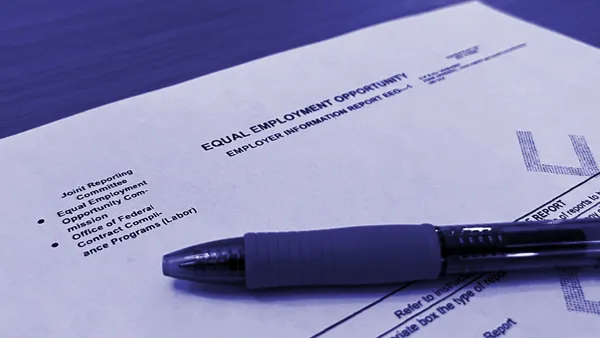Dive Brief:
- When the Americans with Disabilities Act (ADA) and the Family Medical Leave Act (FMLA) are mixed together, the result often is a "smorgasbord" of legal issues for many employers, according to an article at JDSupra.
-
Author Jennifer Cluverius, of the Nexsen Pruet law firm, wrote that determining if an employee has a qualifying serious health condition under the FMLA typically is fairly easy, but figuring out if the same employee is may be a qualified individual with a disability under the ADA can be more complicated.
- She explains that the mingling of ADA and FMLA occurs when an employee is still FMLA ineligible and "requires leave as a result of a disability, or in the event that an employee who has a serious health condition and has exhausted his or her 12 weeks of FMLA leave requires more leave because of a serious health condition that also constitutes a disability under the ADA."
Dive Insight:
Cluverius said that many employers only consider the FMLA initially in response to an employee’s request for medical-related leave, which can lead to both practical and legal problems. For example, she writes, when an employee has or is about to exhaust the available 12 weeks of FMLA leave, an employer may be forced to grant additional unpaid leave to an employee while it considers and obtains documentation regarding the disability and works through the ADA’s reasonable accommodation process.
Bottom line, she wrote, where both the ADA and FMLA apply to an employee’s leave request, employers must afford leave under the law that provides the greater rights to employees.
"Although their plate may already be full, employers who want to avoid substantial liability should enhance their familiarity with the ADA and FMLA and their compliance rules," Cluverius wrote.












